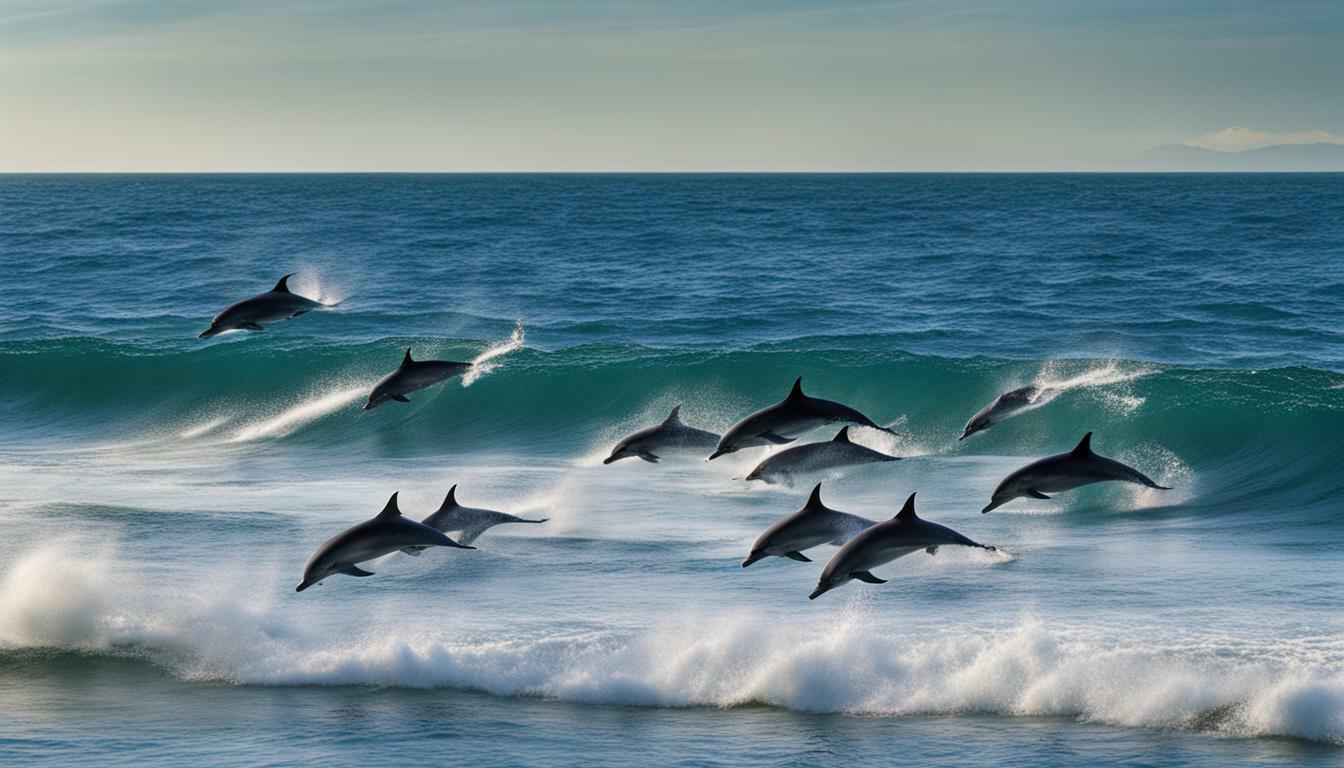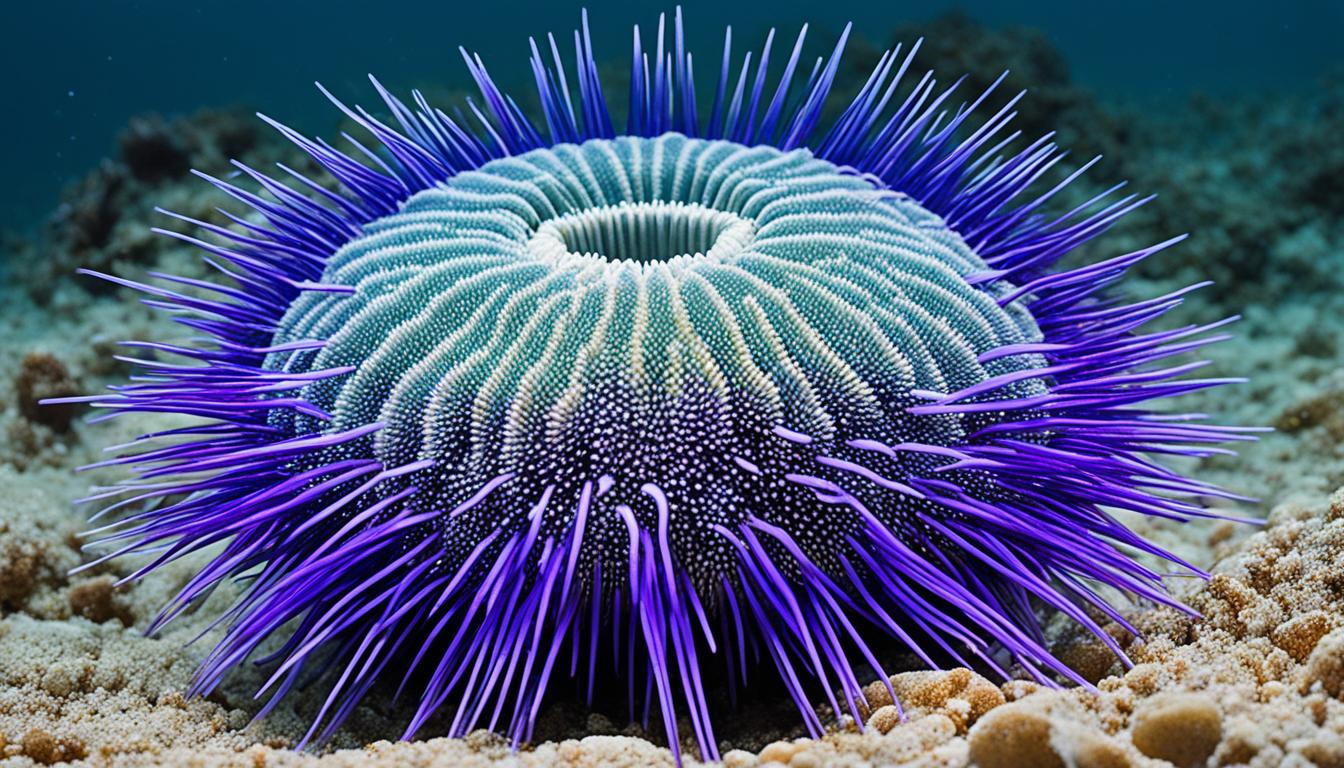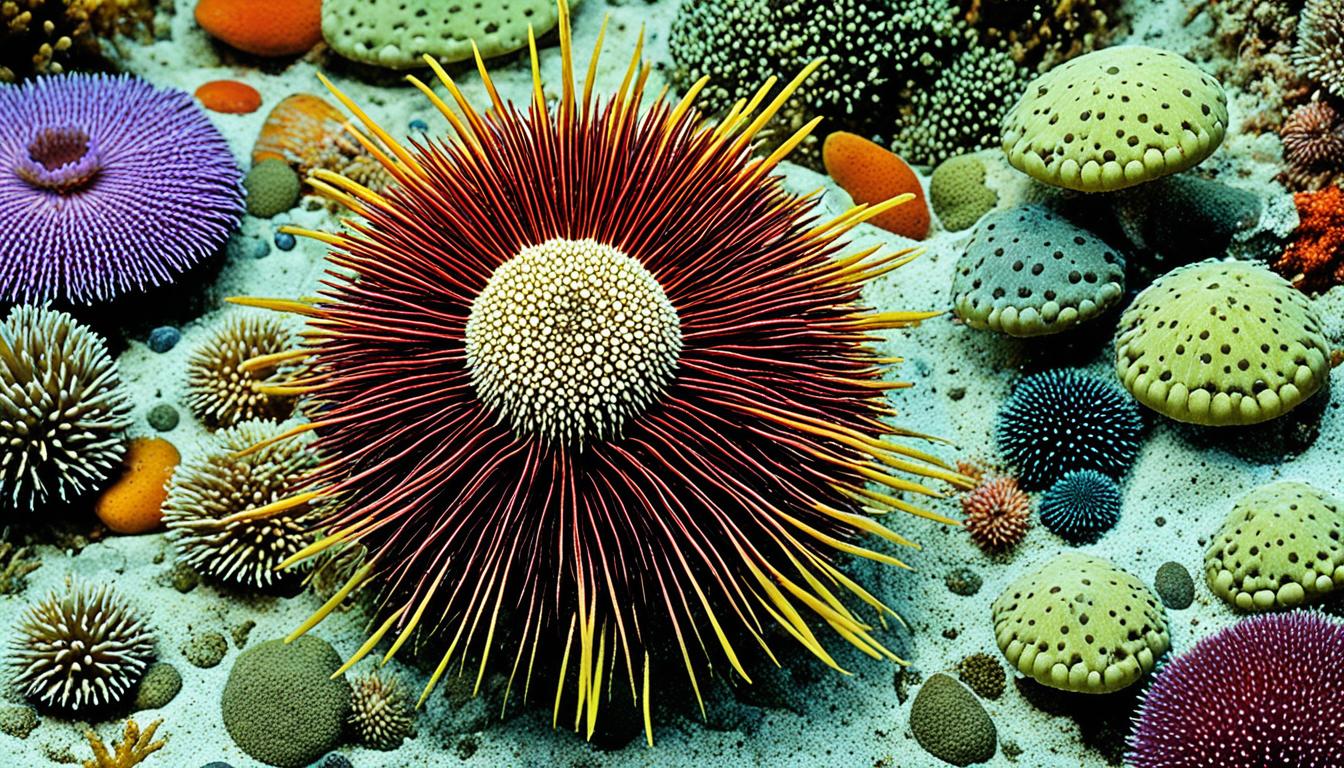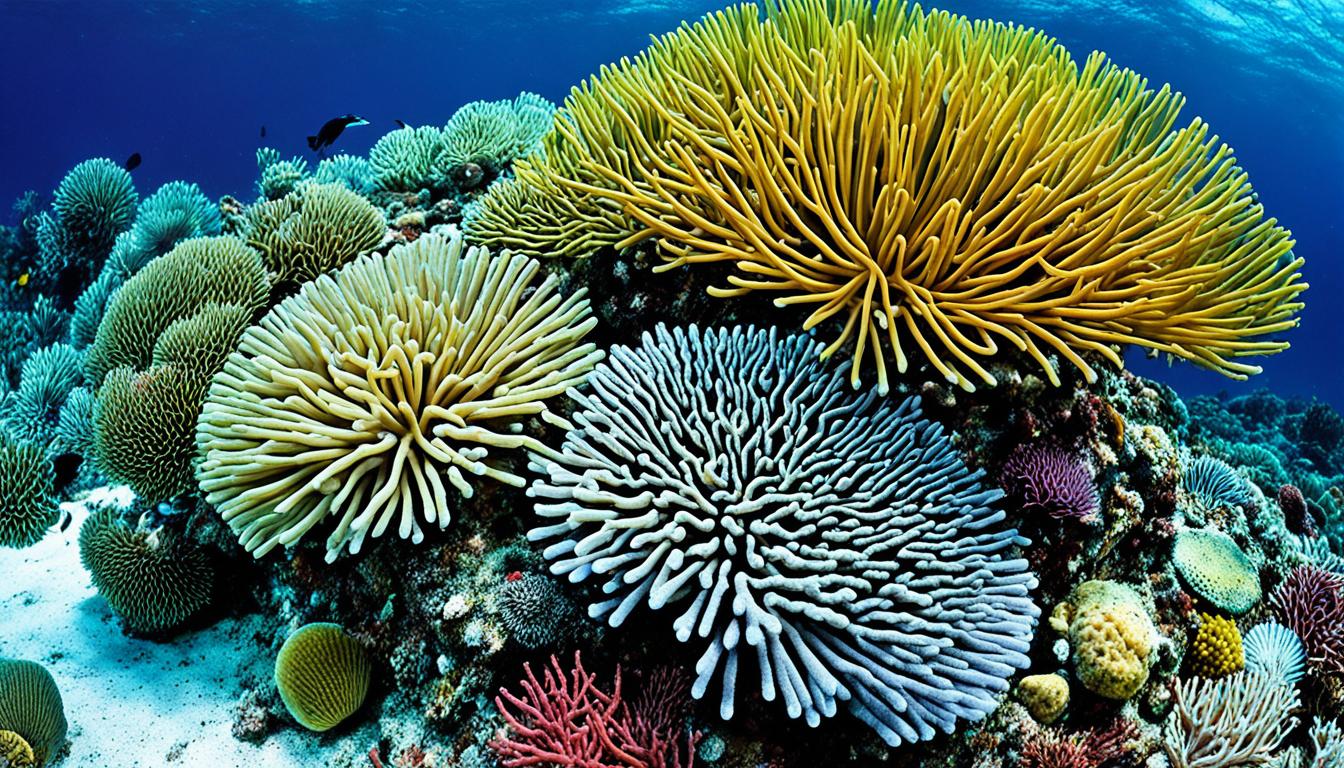Dolphins have a fascinating geographical distribution, with species inhabiting oceans and seas across the globe. They can be found in almost all maritime environments, except the Caspian Sea and the Aral Sea. From the equator to the subpolar regions, dolphins thrive in temperate and tropical areas. While most species reside in saltwater, some have adapted to freshwater habitats.
The geographical distribution of dolphins varies for each species, with some inhabiting large areas and others confined to small regions. The Pacific Ocean, Atlantic Ocean, and Indian Ocean boast a diverse range of dolphin species. Take, for example, the widespread bottlenose dolphin, which can be found in all oceans. On the other hand, the Yangtze River Dolphin is exclusive to the Yangtze River.
Dolphins occupy a variety of habitats, including ports, bays, gulfs, estuaries, and shallow waters. They possess remarkable diving abilities, reaching depths of up to 300 meters. When it comes to finding food, dolphins prefer the pelagic area of the ocean. Their migrations are driven by the pursuit of abundant prey and warmer temperatures.
Interestingly, some dolphins have adapted to freshwater environments, residing in river basins. They even venture into flooded forests during the rainy season. These unique species demonstrate the remarkable versatility of dolphins and their ability to thrive in diverse habitats.
While dolphins enjoy a wide distribution, they face a range of threats. Hunting, entanglement in fishing nets, pollution, and climate change pose serious risks to their survival. Protecting dolphins is not only crucial for their own well-being but also for the overall health of the oceans and the preservation of other marine life.
Understanding the geographical distribution of dolphins is vital for their conservation and the maintenance of marine ecosystems. By appreciating the incredible range of habitats dolphins occupy and the challenges they encounter, we can work towards safeguarding these intelligent and magnificent creatures.
The Worldwide Range of Dolphins
Dolphins have a worldwide range, inhabiting all major oceans and seas with a few exceptions. They are found in almost all maritime environments, from the temperate to tropical regions, and can be seen from the equator to the subpolar regions. While most dolphin species live in saltwater, some have adapted to freshwater habitats as well, making their distribution even more diverse.
The Pacific Ocean, Atlantic Ocean, and Indian Ocean are home to a wide variety of dolphin species. The bottlenose dolphin, one of the most well-known species, can be found in all oceans, showcasing its global distribution. Other species, such as the spinner dolphin, are more regionally concentrated, with populations mainly residing in specific areas.
Dolphins have diverse habitats that suit their needs and behaviors. They can be found in ports, bays, gulfs, estuaries, and shallow waters, utilizing these areas for feeding, socializing, and breeding. These intelligent marine mammals can also dive to depths of up to 300 meters, but they generally prefer the pelagic area of the ocean, where they have better access to their food sources.
| Dolphin Species | Main Habitat |
|---|---|
| Bottlenose Dolphin | Oceans worldwide |
| Spinner Dolphin | Tropical and subtropical regions |
| Killer Whale (Orca) | Cold waters of the Arctic and Antarctica |
| Yangtze River Dolphin | Yangtze River, China |
Dolphins exhibit migratory behavior, moving in search of abundant prey and warmer temperatures. They follow food sources and favorable climate conditions, ensuring their survival and reproductive success. Additionally, some dolphin species have adapted to freshwater environments, particularly river basins, where they venture into flooded forests during the rainy season.
However, the distribution and survival of dolphins are threatened by various factors. Hunting, both legal and illegal, poses a significant danger to their populations. They also face entanglement in fishing nets, pollution from human activities, and the effects of climate change. Protecting dolphins and their habitats is vital for maintaining the health of the oceans and the survival of other marine species.
Dolphin Species Varying by Location
The geographical distribution of dolphin species varies, with each location being home to unique species. Dolphins have a worldwide distribution, inhabiting all oceans and seas except the Caspian Sea and the Aral Sea. They are concentrated in temperate and tropical areas but can be found from the equator to the subpolar regions. The Pacific Ocean, Atlantic Ocean, and Indian Ocean have a large number of dolphin species.
One notable example is the bottlenose dolphin, which can be found in all oceans and is known for its intelligence and playful behavior. In contrast, the Yangtze River Dolphin, also known as the Baiji, is highly endangered and only lives in the Yangtze River in China, making it one of the most geographically restricted dolphin species.
Some dolphin species have a limited distribution and are endemic to specific regions. The South American Tucuxi, for instance, is found in rivers and coastal waters of South America, while the Hector’s Dolphin is native to the waters of New Zealand. Meanwhile, the Orinoco River Dolphin is endemic to the Amazon and Orinoco river basins in South America.
| Location | Dolphin Species |
|---|---|
| North Atlantic Ocean | Common Dolphin, Atlantic Spotted Dolphin, Risso’s Dolphin |
| South Atlantic Ocean | Bottlenose Dolphin, Hourglass Dolphin, Commerson’s Dolphin |
| North Pacific Ocean | Pacific White-sided Dolphin, Dall’s Porpoise, Northern Right Whale Dolphin |
Dolphins adapt and thrive in a variety of marine environments, from open ocean habitats to coastal areas and river basins. Their distribution is influenced by factors such as water temperature, prey availability, and the presence of suitable habitats. Understanding the distribution patterns of dolphin species is vital for their conservation and the preservation of marine ecosystems worldwide.
Dolphin Habitats: a Variety of Environments
Dolphins occupy a wide range of habitats, from coastal areas to deep oceanic regions. These intelligent marine mammals can be found in ports, bays, gulfs, estuaries, and shallow waters, showcasing their adaptability to different environments. They are known to dive up to 300 meters deep, but their preference lies in the pelagic areas of the ocean, where they can find abundant food sources.
In their quest for sustenance and warmth, dolphins engage in migratory behaviors, traveling vast distances in search of favorable conditions. Their migration patterns are closely tied to the availability of prey and optimal temperature ranges. It is fascinating to observe how these magnificent creatures navigate the oceans, utilizing their innate instincts to thrive in various regions across the globe.
Not only do dolphins thrive in saltwater habitats, but some species have also adapted to freshwater environments. River dolphins, for instance, reside in river basins and make their homes in freshwater ecosystems. They are known to venture into flooded forests during the rainy season, showcasing their ability to adapt to changing conditions.
| Dolphin Species | Habitat Range |
|---|---|
| Bottlenose Dolphin | All oceans |
| Yangtze River Dolphin | Yangtze River |
| Spinner Dolphin | Tropical and subtropical regions |
| Orca (Killer Whale) | Oceans worldwide, from Arctic to Antarctic |
The diversity of dolphin species and their habitats is truly remarkable. The Pacific Ocean, Atlantic Ocean, and Indian Ocean, in particular, boast a rich array of dolphin species. From the vibrant coral reefs of the Caribbean to the vast stretches of the Pacific, these incredible creatures can be found in abundance.
However, dolphins face numerous threats to their distribution and survival. Human activities such as hunting, entanglement in fishing nets, pollution, and climate change pose significant challenges to their well-being. Protecting dolphins and their habitats is crucial for maintaining the health of our oceans and ensuring the survival of these magnificent creatures, as well as the myriad of other marine life that relies on their presence.
Dolphin Migration: Seeking Abundant Prey and Warmth
Dolphins migrate across oceanic regions, driven by the need for food and warmer climates. These majestic marine creatures embark on long journeys, covering vast distances in search of abundant prey and optimal temperatures.
During migration, dolphins utilize their remarkable swimming abilities to navigate through different oceanic regions, including the Pacific Ocean, Atlantic Ocean, and Indian Ocean. These vast bodies of water offer diverse ecosystems and a rich food supply, attracting various dolphin species.
While on the move, dolphins form tight-knit social groups, known as pods, which provide them with protection and companionship during their migration. They coordinate their movements and communicate through a series of clicks, whistles, and body language, ensuring their collective safety and successful navigation.
| Dolphin Species | Migration Route |
|---|---|
| Bottlenose Dolphin | Worldwide distribution, migrates along coastlines and between islands. |
| Humpback Dolphin | Frequent coastal waters and estuaries, migrates within the same general region. |
| Orcas (Killer Whales) | Extensive migration patterns between different oceans, following prey populations. |
Dolphins rely on their remarkable intelligence and instinct to locate the most productive feeding grounds along their migration routes. They target areas abundant with fish, squid, and other marine creatures, ensuring a sufficient food supply to sustain their energy levels throughout the journey.
“The migratory behavior of dolphins showcases their adaptability and remarkable survival instincts in their quest for sustenance and warmth.” – Marine Biologist Dr. Samantha Evans
Understanding the migratory patterns of dolphins is crucial for their conservation and the preservation of marine ecosystems. By identifying and protecting their critical habitats and migration routes, we can ensure the continued well-being of these magnificent creatures and the delicate balance of our oceans.
Freshwater Dolphins and River Basins
While most dolphins inhabit saltwater environments, some species thrive in freshwater habitats like river basins. These dolphins have adapted to the unique conditions of rivers and can be found in various parts of the world.
One example of a freshwater dolphin is the Amazon River Dolphin, also known as the pink river dolphin. It is native to the Amazon and Orinoco river basins in South America. These dolphins have a unique pink coloration and are well-adapted to the murky waters of the rivers. They are known for their intelligence and social behavior, often traveling in groups and communicating through a series of clicks and whistles.
| Dolphin Species | Location |
|---|---|
| Amazon River Dolphin | Amazon and Orinoco river basins |
| Ganges River Dolphin | Ganges-Brahmaputra-Meghna river system in India, Nepal, and Bangladesh |
| Indus River Dolphin | Indus River in Pakistan |
Another well-known freshwater dolphin is the Ganges River Dolphin, found in the Ganges-Brahmaputra-Meghna river system in India, Nepal, and Bangladesh. These dolphins are characterized by their long snouts and the ability to swim on their sides. They navigate the often turbid waters of the rivers using echolocation, which helps them locate prey and avoid obstacles.
The Indus River Dolphin is a critically endangered species that inhabits the Indus River in Pakistan. These dolphins have adapted to the unique conditions of the river, which is characterized by high turbidity and low visibility. They have a long beak and small eyes, which help them navigate their environment and locate prey.
While freshwater dolphins face their own set of challenges, such as habitat degradation and pollution, their presence in river basins highlights the incredible adaptability of these marine mammals. Protecting their habitats is crucial to ensuring their long-term survival and the conservation of the unique ecosystems they inhabit.
Threats to Dolphin Distribution and Conservation Efforts
The distribution of dolphins is under threat from various factors, making conservation efforts crucial for their survival. These majestic marine creatures face numerous challenges that impact their habitat range and overall population. Hunting, particularly for their meat and body parts, poses a significant threat to dolphins in certain regions. In addition, dolphins often become entangled in fishing nets, leading to injury, suffocation, or drowning. This entanglement occurs as a byproduct of commercial fishing activities and can have devastating consequences for dolphin populations.
Pollution is another major threat to dolphin distribution. Chemical pollutants, such as pesticides and heavy metals, contaminate their habitats and accumulate in their bodies, leading to health problems and reproductive issues. Furthermore, the increasing pollution of coastal areas and estuaries can disrupt the natural ecosystem dynamics that dolphins rely on for their survival.
Climate change is also impacting dolphin populations. Rising sea temperatures and ocean acidification have detrimental effects on their food sources, such as fish and squid, which can lead to reduced prey availability. Changes in water temperature and ocean currents can also disrupt their migratory patterns, forcing dolphins to adapt to new environments that may not be suitable for their survival.
| Threats to Dolphin Distribution | Conservation Efforts |
|---|---|
|
|
Conservation efforts are essential to safeguard the distribution of dolphins worldwide. By enforcing laws and implementing sustainable fishing practices, we can reduce the direct threats to dolphin populations. Additionally, addressing pollution through strict regulations and public awareness campaigns can help protect their habitats and ensure the health of marine ecosystems. Mitigating climate change through global efforts is crucial to preserving the availability of food sources and maintaining the natural migratory patterns of dolphins.
To secure the future of dolphins, conservation initiatives are necessary to protect and restore their habitats. These efforts can include creating marine protected areas, establishing wildlife sanctuaries, and promoting responsible tourism practices that minimize disturbance to dolphin populations. By coming together to protect these magnificent creatures, we can ensure their continued presence across the globe and preserve the delicate balance of our oceans.
What Are the Main Habitats Where Dolphins Live?
Dolphins are highly adaptable marine mammals that can thrive in various habitats. From oceans and seas to coastal areas and even certain rivers, these intelligent creatures can live in diverse environments. However, it is primarily the oceans, where dolphins reside in pods and explore the vast depths, that serve as their primary habitat.
Conclusion
Understanding the geographical distribution of dolphins is vital for their conservation and the maintenance of healthy marine ecosystems. Dolphins have a worldwide distribution, inhabiting all oceans and seas except the Caspian Sea and the Aral Sea. They thrive in both temperate and tropical areas, existing from the equator to the subpolar regions. While most dolphin species prefer saltwater habitats, some have adapted to freshwater environments as well.
The geographical distribution of dolphins varies across species, with some occupying large areas and others confined to specific regions. The Pacific Ocean, Atlantic Ocean, and Indian Ocean are particularly rich in dolphin species. For example, the widely known bottlenose dolphin can be found in all oceans, while the endangered Yangtze River Dolphin is exclusive to the Yangtze River.
Dolphins exhibit a diverse range of habitats, including ports, bays, gulfs, estuaries, and shallow waters. They are capable of diving up to 300 meters deep but tend to prefer the pelagic areas of the ocean for finding food. Migration is a significant behavior among dolphins, as they travel in search of abundant prey and warmer temperatures.
In addition to their presence in saltwater habitats, dolphins also inhabit river basins. River dolphins, such as the Amazon river dolphin and the Ganges river dolphin, venture into flooded forests during the rainy season, adapting to these unique environments.
Despite their adaptability, dolphins face numerous threats to their distribution. Hunting, entanglement in fishing nets, pollution, and climate change all pose significant risks to their survival. Safeguarding dolphins is crucial not only for their own well-being but also for the overall health of the oceans and the survival of other marine life.










